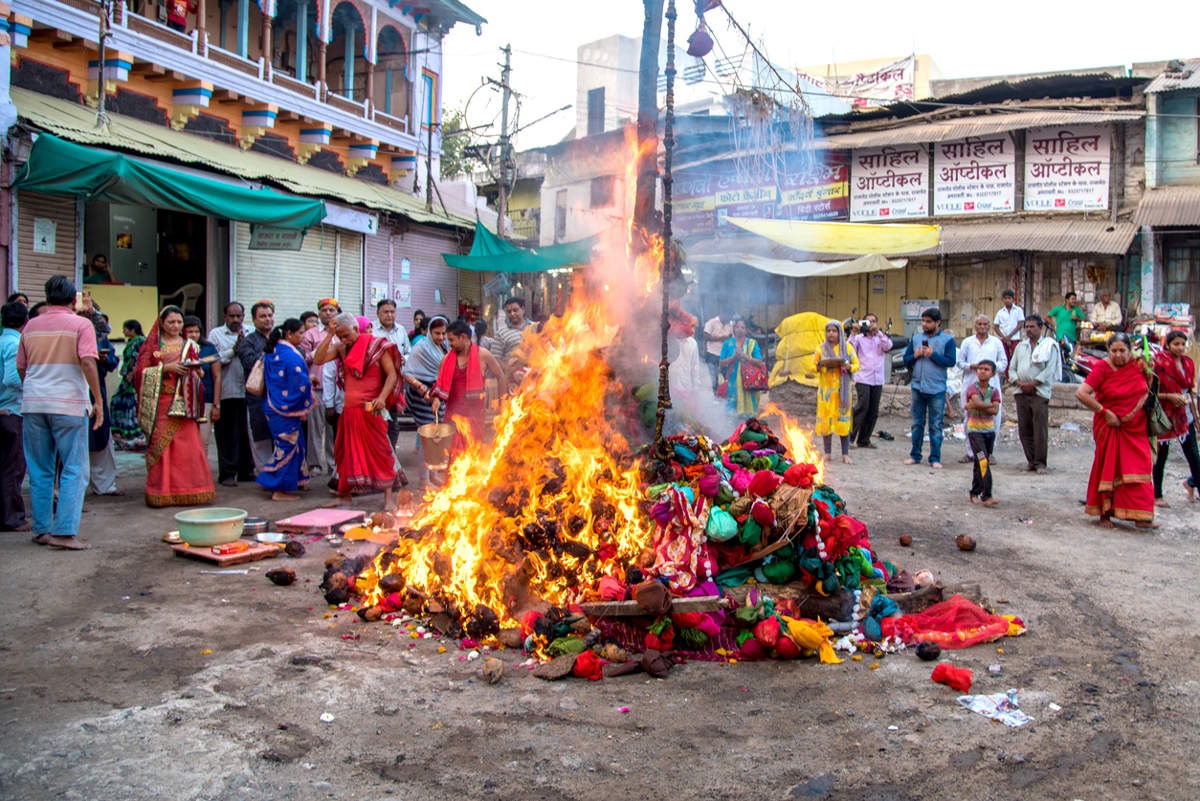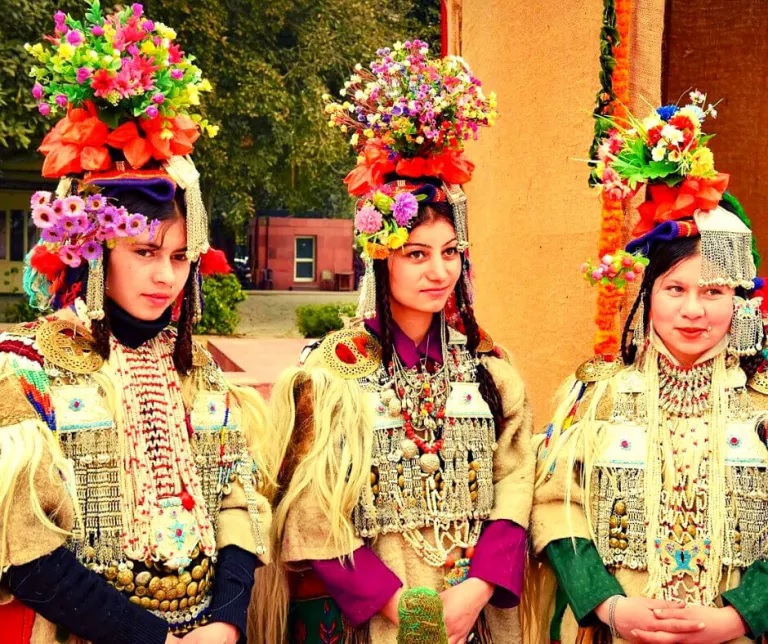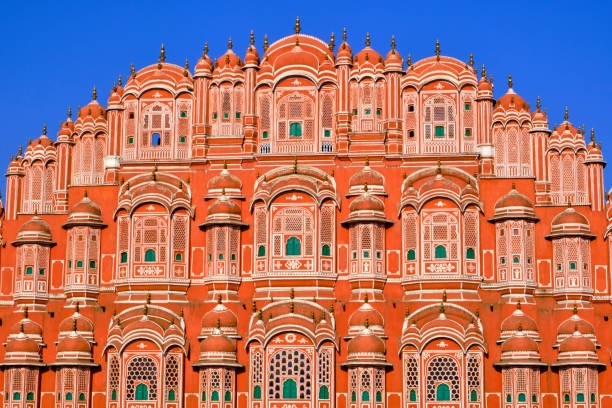Trekking in Ladakh 2025: Ultimate Guide to High-Altitude Himalayan Adventures
Why Choose Ladakh for Trekking? Ladakh, often called the “Land of High Passes,” is located in the northernmost part of India. It sits at an altitude of 9,000 to 25,000 feet, making it one of the highest inhabited regions on Earth. Top Reasons to Go Trekking in Ladakh: Majestic landscapes




